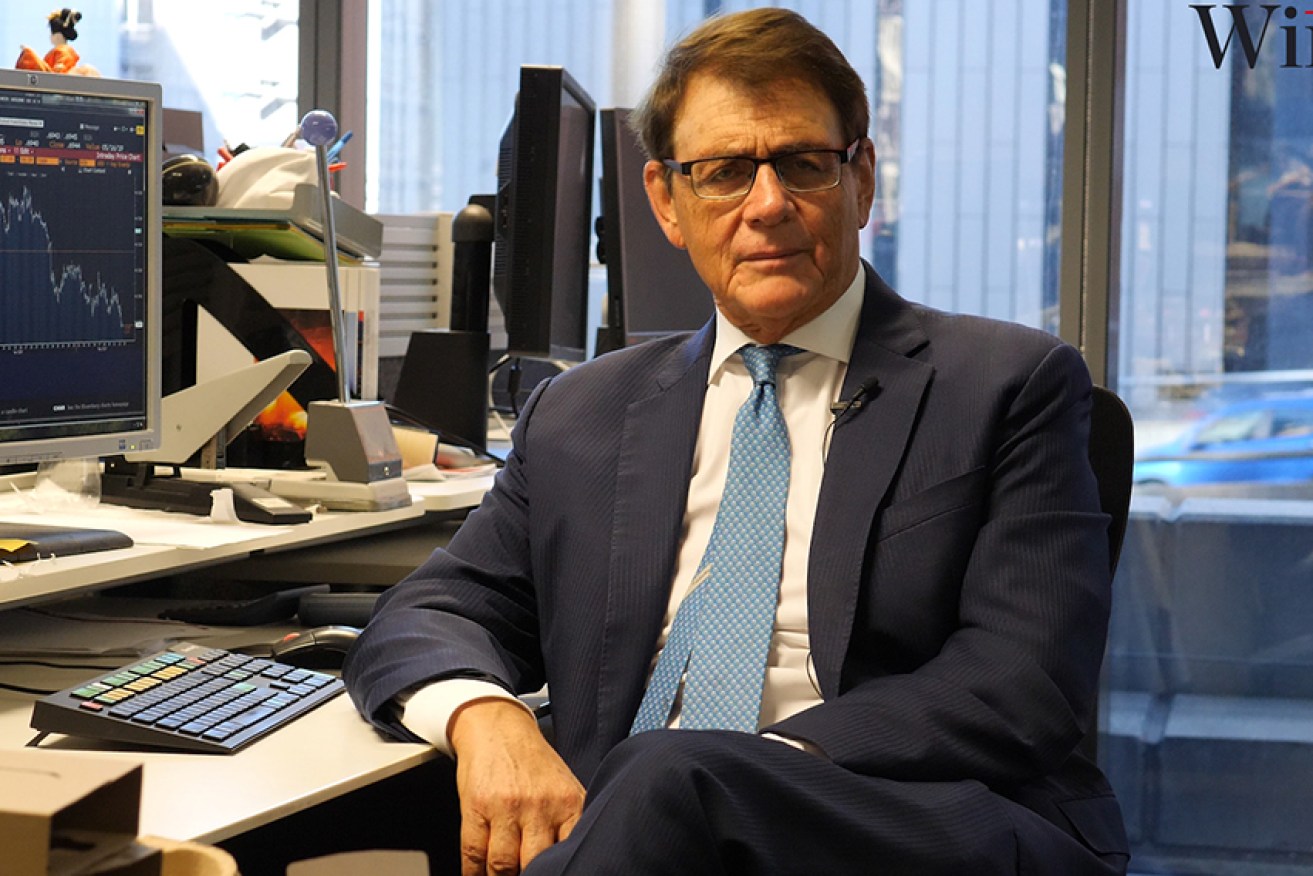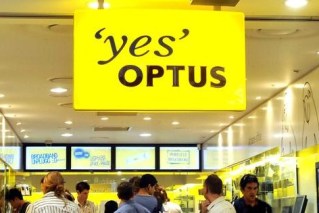Bank boss still talking up a soft landing, but it’s getting harder all the time
The 11 increases in interest rates in the past year would leave economic growth in Australia stagnated by August, according to Westpac.


Westpac chief economist Bill Evans (picture: supplied)
Yesterday’s increase in the Reserve Bank cash rate has perplexed economists, particularly because it followed a pause in April.
While the Reserve Bank Governor Philip Lowe believed a soft landing of the economy was still likely, several senior economists have revised the forecasts and have lifted the ceiling for the cash rate to 4.1 per cent, from 3.85 per cent.
Lowe’s statement following the increased also indicated that there may be more hikes to come and economists believed that the next one could occur this winter.
He said Lowe said it was still possible to bring inflation back to target without causing a recession.
Asked if the central bank was playing “recession roulette” by hiking rates again, he told an RBA Board dinner in Perth the “narrow path” to dodge a recession “wasn’t getting any narrower” but there was still uncertainty clouding the outlook.
He also said returning inflation to target while preserving most jobs hinged on the population believing inflation would come down quickly.
“If people think inflation is going to remain high then, understandably, they will adjust their behaviour,” he said.
“Firms will be more willing to put up their prices and workers will seek larger pay rises.”
The hike followed a disastrous weekend for auctions in Brisbane. The clearance rate fell to 23 per cent while listings in April dropped by 9 per cent nationally, according to SQM Research.
“All cities recorded falls in total listings for the month. Sydney recorded a fall in listings of 12.9 per cent. Melbourne, Brisbane and Adelaide also recorded declines of 12.4 per cent, 11 per cent and 10.2 per cent, respectively,” SQM said.
Westpac said it had difficulty following the RBA guidance.
“We have argued for the last six months that the peak in the current cycle will be the May board meeting. Our preference was for that peak to be 3.85 per cent, with a final 25 basis point hike in May based on the ‘here and now’ – record low unemployment and very high inflation – rather than relying on forecasts.
“We still believe this would be the better policy approach given the risks, but it appears to be out of line with the board’s intentions.”
Westpac said the next “live” meeting is likely to be in August when the RBA would have received an update of the inflation path.
“By August we expect that the economy, particularly highlighted by the household sector, will be deteriorating. We expect that growth in the second half of 2023 will stagnate,” the bank’s chief economist Bill Evans said.
ANZ said any easing of interest rates now appeared to be a long way off.
Lowe said he was worried Australia would end up like many other major economies struggling with sticky services inflation.
“It is possible that circumstances might be different here in Australia, but the experience abroad points to an upside risk, especially given the high degree of commonality across countries in inflation dynamics recently,” he said.
As in the statement on the most recent rates decision, the governor confirmed “some further tightening of monetary policy may be required” to get inflation down quickly enough.
“The board is not on a pre-set course.”












